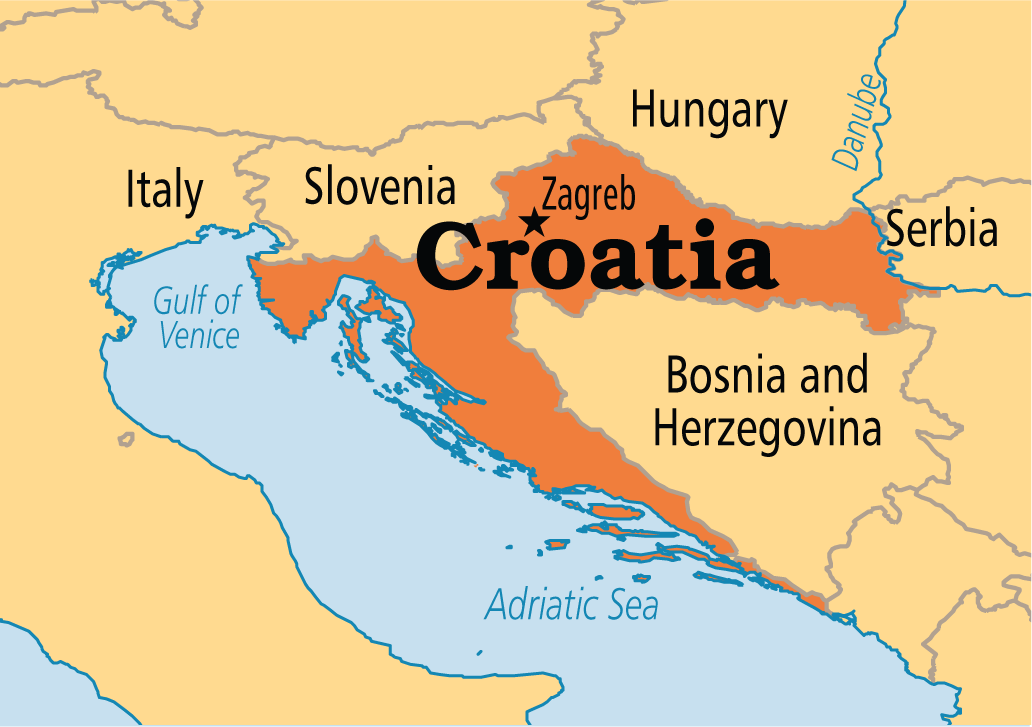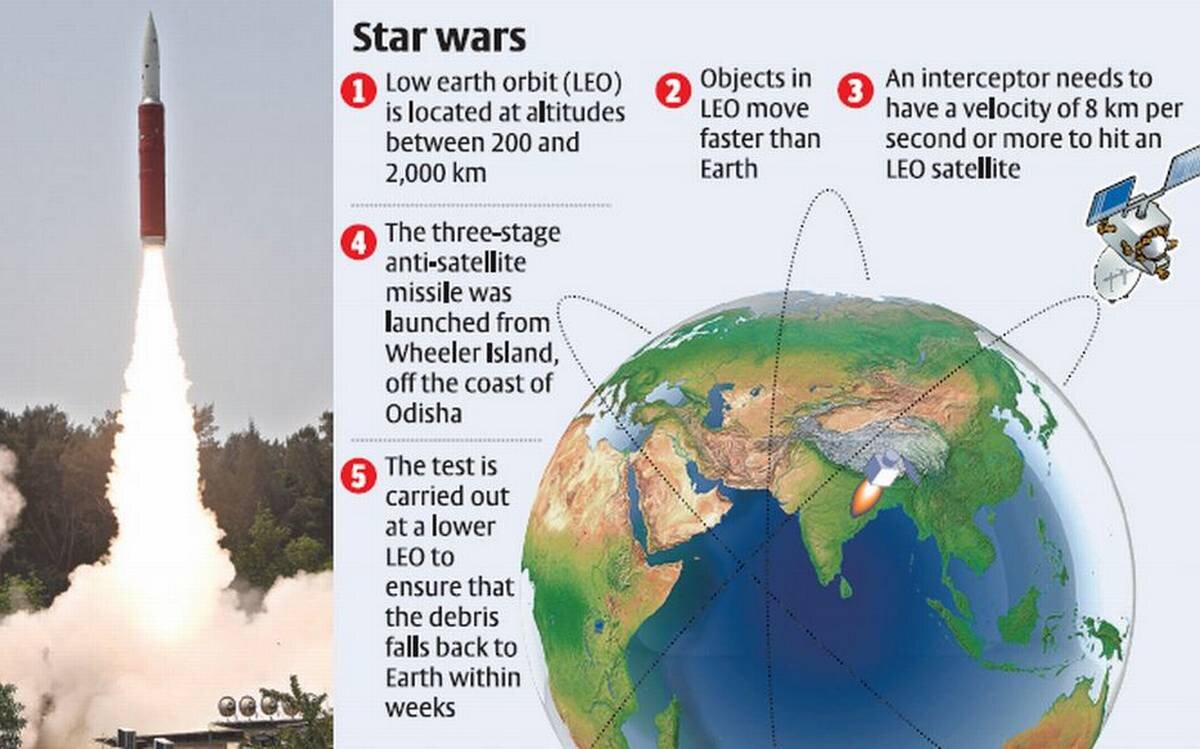Biodiversity & Environment
European Parliament Bans Single-Use Plastics
The European Union Parliament has voted to ban single-use plastic cutlery, cotton buds, straws and stirrers as part of a sweeping law against plastic waste that despoils beaches and pollutes oceans.
- The directive will now pass through formalities before it is published in the EU rulebook. After that, EU member states will have two years to implement the directive, i.e. the ban will come into force by 2021 in all EU member states.
- The United Kingdom too will have to follow the rules if it took part in and extended the Brexit transition period.
- By 2025, plastic bottles should be made of 25% recycled content, and by 2029, 90% of them should be recycled.
- The ban targets the top 10 disposable plastic products including plates, balloon sticks, food and beverage containers made of expanded polystyrene and all products made of oxo-degradable plastic.
- Tobacco companies will be required to cover the costs for public collection of cigarette stubs, which are the second most littered single-use plastic item.
- Apart from the ban, the EU will also encourage member states to reduce the use of plastic packaging and introduce stricter labelling rules.
Single-Use Plastics
- Single-use plastics, or disposable plastics, are used only once before they are thrown away or recycled.
- These items are things like plastic bags, straws, coffee stirrers, soda and water bottles and most food packaging.
- The single-use plastic products also prevent the spread of infection. Instruments such as syringes, applicators, drug tests, bandages and wraps are often made to be disposable.
- Also, single-use plastic products have been enlisted in the fight against food waste, keeping food and water fresher for longer and reducing the potential for contamination.
- However, there can be challenges when it comes to disposing of some single-use products.
- Petroleum based plastic is not biodegradable and usually goes into a landfill where it is buried or it gets into the water and finds its way into the ocean.
- In the process of breaking down, it releases toxic chemicals (additives that were used to shape and harden the plastic) which make their way into our food and water supply.
- The ultimate goal is that all these products can be collected and converted into energy or recycled.
Background
- Europe is not the worst source of plastic pollution, but this measure could serve as an example to the world, i.e EU’s change of the economic model has a global impact
- Other reasons which prompted the EU to ban single use plastics are:
- EU recycles only 25% of the 25 million tonnes of plastics waste it produces every year.
- Growing concerns about plastic pollution in oceans and stories of dead whales with plastic in their stomachs. Marine litter has come under the spotlight because 85% of it is plastic. E.g.: Great Pacific Grabage Patch
- China's decision to stop processing waste have prompted the bloc to take more drastic steps to tackle the issue.
European Parliament
- The European Parliament is the only parliamentary institution of the European Union (EU) that is directly elected by EU citizens aged 18 or older every five years since 1979.
- It has 751 Members of elected directly from the 28 Member States of EU.
Way Forward
- Although a welcome step, specially when environment has taken backstage with respect to economic growth globally. Without a proper waste management infrastructure and sufficient recycling facilities, it is difficult to achieve a circular economy or the objectives of this directive.
International Relations
President’s Visit To Croatia
During the first leg of his three-nation tour to Croatia, Bolivia, and Chile, President of India completed his visit to Croatia.
- In Croatia, President had meetings with the Croatian President Kolinda Grabar-Kitarović and the Prime Minister Andrej Plenković.
Outcome of the Visit
- During the visit, India and Croatia signed four Memorandum of Understandings: two in culture, one each in tourism, and sports.
- President of India was also conferred with Croatia's highest civilian award - the Grand Order of the King of Tomislav.
- The two countries also agreed to work together to develop a strong global response to defeat terrorism in all its forms and manifestations.
India-Croatia Relations
- Relations between India and Croatia have been friendly since the days of the former Yugoslavia.
- The Breakup of Yugoslavia occurred as a result of a series of political upheavals and conflicts during the early 1990s.
- Disintegration gave birth to six new countries namely: Bosnia and Herzegovina, Croatia, Macedonia, Montenegro, Serbia, and Slovenia.
- Josip Broz Tito who was president of Yugoslavia for more than three decades maintained close relations with the then Indian leadership.
- Indian PM Jawaharlal Nehru and Tito were also pioneers of the Non-Aligned Movement.
Non-Aligned Movement
- The Non-Aligned Movement was formed during the Cold War as an organization of States that did not seek to formally align themselves with either the two superpower blocs United States or the Soviet Union but sought to remain independent or neutral.
- Key role in this process was played by:
- Gamal Abdel Nasser, Head of State of Egypt
- Kwame Nkrumah, President of Ghana,
- Jawaharlal Nehru, Prime Minister of India,
- Ahmed Sukarno, President of Indonesia
- Josip Broz Tito, President of Yugoslavia,
- These leaders later became the founding fathers of the movement.
- The basic concept for the group originated in 1955 during discussions that took place at the Asia-Africa Bandung Conference held in Indonesia.
- Croatia is an important Central European country from the point of view of its geo-strategic location, membership of the European Union and the NATO, as well as being a significant Gateway to Europe through the Adriatic coastline.
- India-Croatian relations are characterized by historical connections links between India and Croatia dating back to the 16th century.
- Croatian people have a deep interest in India. The Indology department in the University of Zagreb has existed for over six decades and an Indian Council for Cultural Relations (ICCR) Hindi chair was set up there a decade ago.
- The bilateral trade relations between India and Croatia are modest at around 200 million US Dollars in 2017.
- But there is a good scope for trade in sectors like textile, pharmaceuticals, chemicals, engineering goods, food processing among others.
- Croatia has a sound scientific and technological base in niche sectors, such as shipbuilding, vaccines, renewable energy, and defense.
Science & Technology
Mission Shakti
India has tested the Anti-Satellite System(A-SAT) from Dr A P J Abdul Kalam Island, formerly known as Wheeler Island, an island off the coast of Odisha.
- The test was named as Mission Shakti.
- It has successfully destroyed a live satellite in the Low Earth Orbit(an altitude of 300 km).
- With this test India is now in the league of three countries after the U.S., Russia, and China to have such technology.
Anti-satellite (ASAT) System
- It is missile-based system to attack moving satellites.
- It is of 2 kinds— based on launching from the ground or from planes.
- Defence Research and Development Organisation (DRDO) has -developed Anti-satellite (ASAT)completely indigenously.
Significance
- A large number of crucial applications are now satellite-based. These include navigation systems, communication networks, broadcasting, banking systems, stock markets, weather forecasting, disaster management, land and ocean mapping and monitoring tools, and military applications.
- Destroying a satellite would render these applications useless. It can cripple enemy infrastructure, and without causing any threat to human lives.
- It was aimed at strengthening the capability to safeguard space assets and India’s overall security.
International Reactions on ASAT Test
- China has said that it hopes that all countries would uphold peace and tranquillity in the outer-space.
- Pakistan has said that Space is the common heritage of mankind and every nation has the responsibility to avoid actions which can lead to the militarization of this arena.
- US has said that it will continue to pursue shared interests in space and scientific and technical cooperation with India, including collaboration on safety and security in space. However, it expressed concern over the issue of space debris.
- India’s Stand:
- Ministry of External Affairs has stated that India is against the weaponization of Outer Space and supports international efforts to reinforce the safety and security of space based assets.
- India has always maintained that space must be used only for peaceful purposes.
International treaties Regarding Outer Space
- UN Outer Space Treaty 1967: It prohibits only weapons of mass destruction in outer space, not ordinary weapons. India ratified it in 1982.
- UN Transparency and Confidence Building Measures(TCBMs)-It includes registering space objects with the UN register, pre-launch notifications etc. India is sharing these details with UN.
- Inter-Agency Space Debris Coordination Committee (IADC) is an international governmental forum for the worldwide coordination of activities related to the issues of man-made and natural debris in space.
- India participates in IADC-activities with regard to space debris management, undertaking SOPA (Space Object Proximity Awareness and COLA (Collision Avoidance) Analysis.
- India has supported UN resolution on No First Placement of Weapons on Outer Space.
Low Earth orbit
- A Low Earth Orbit is an Earth-centered orbit with an altitude of 2,000 km or less.
- Most of the manmade objects in space are in LEO.
Important Facts For Prelims
Important Facts For Prelims (28th March 2019)
Turing Award, 2018
- The 2018 Turing Award has been given to a trio of researchers who laid the foundations for the current boom in Artificial Intelligence (AI).
- Yoshua Bengio, Geoffrey Hinton, and Yann LeCun — sometimes called the ‘Godfathers of AI’ — have been recognized with the annual prize for their work developing the AI subfield of deep learning.
- Turing Award (A.M. Turing Award) is an annual award given by the Association for Computing Machinery (ACM) to one or more individuals “selected for contributions of a technical nature made to the computing community.”
- The award is jointly funded by the Intel Corporation and Google Inc.
- The Turing Award is often referred to as the computer science equivalent of the Nobel Prize.
Deep Learning
- Deep learning is a machine learning technique that teaches computers to do what comes naturally to humans: learn by example.
- Deep learning is a key technology behind driverless cars, enabling them to recognize a stop sign or to distinguish a pedestrian from a lamppost. It is the key to voice control in consumer devices like phones, tablets, TVs, and hands-free speakers.
Association for Computing Machinery (ACM)
- Association for Computing Machinery (ACM), an international organization for computer science and information technology professionals and, since 1960, institutions associated with the field.
Dr. A.M. Turing
- Alan Mathison Turing (1912-1954) was a British mathematician and logician, who made major contributions to mathematics, cryptanalysis, logic, philosophy, and mathematical biology and also to the new areas later named computer science, cognitive science, artificial intelligence, and artificial life.
Rupee Interest Rate Derivatives
- The Reserve Bank has allowed non-residents to participate in the rupee interest rate derivatives segment with a view to deepen the rupee interest rate swap (IRS) market.
- The non-residents can undertake rupee interest rate derivative transactions on recognised stock exchanges, electronic trading platforms and over the counter markets.
- A non-resident will be allowed to undertake transactions in the rupee interest rate derivatives markets to hedge an exposure to rupee interest rate risk and other specified purposes.
- The exercise is aimed at increasing participation of non-residents in the domestic market. This will also stabilise Indian Rupee against Dollar.
- An interest-rate derivative is a financial instrument with a value that increases and decreases based on movements in interest rates.
- Interest-rate derivatives are often used as hedges by institutional investors, banks, companies and individuals to protect themselves against changes in market interest rates




